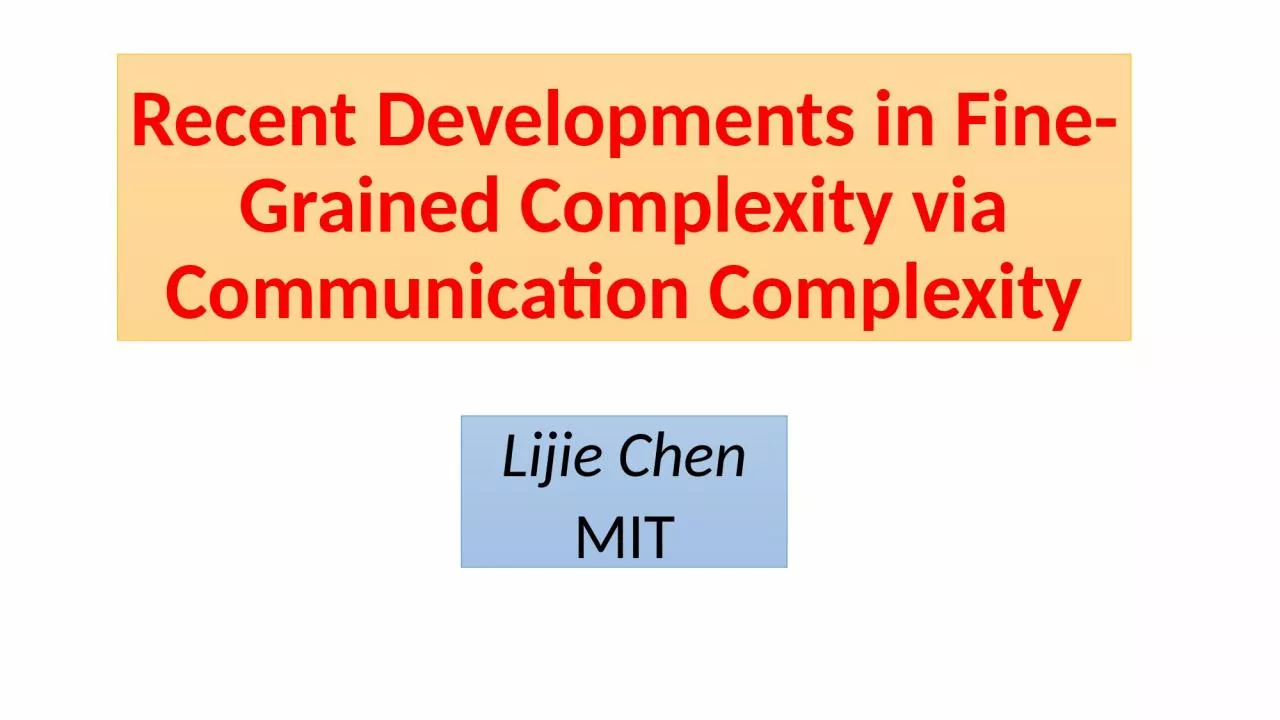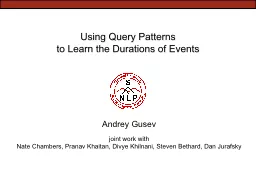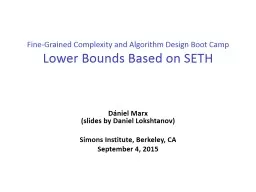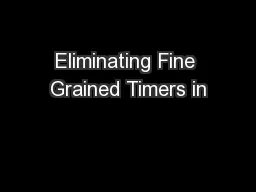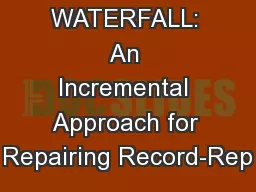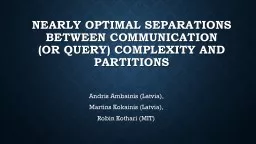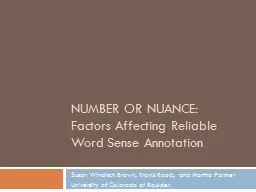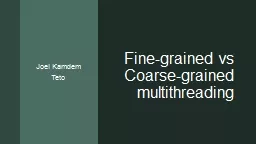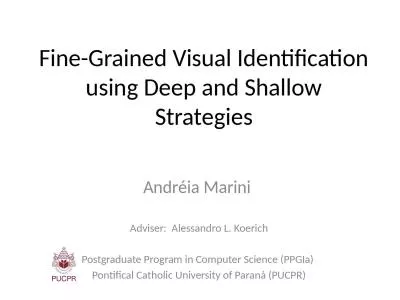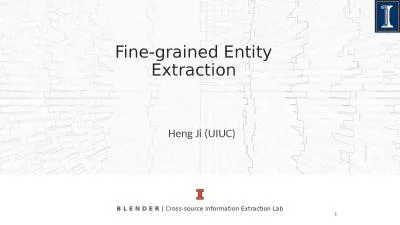PPT-Recent Developments in Fine-Grained Complexity via Communication Complexity
Author : leah | Published Date : 2023-06-24
Lijie Chen MIT Todays Topic Background What is FineGrained Complexity The Methodology of FineGrained Complexity Frontier FineGrained Hardness for Approximation
Presentation Embed Code
Download Presentation
Download Presentation The PPT/PDF document "Recent Developments in Fine-Grained Comp..." is the property of its rightful owner. Permission is granted to download and print the materials on this website for personal, non-commercial use only, and to display it on your personal computer provided you do not modify the materials and that you retain all copyright notices contained in the materials. By downloading content from our website, you accept the terms of this agreement.
Recent Developments in Fine-Grained Complexity via Communication Complexity: Transcript
Download Rules Of Document
"Recent Developments in Fine-Grained Complexity via Communication Complexity"The content belongs to its owner. You may download and print it for personal use, without modification, and keep all copyright notices. By downloading, you agree to these terms.
Related Documents

